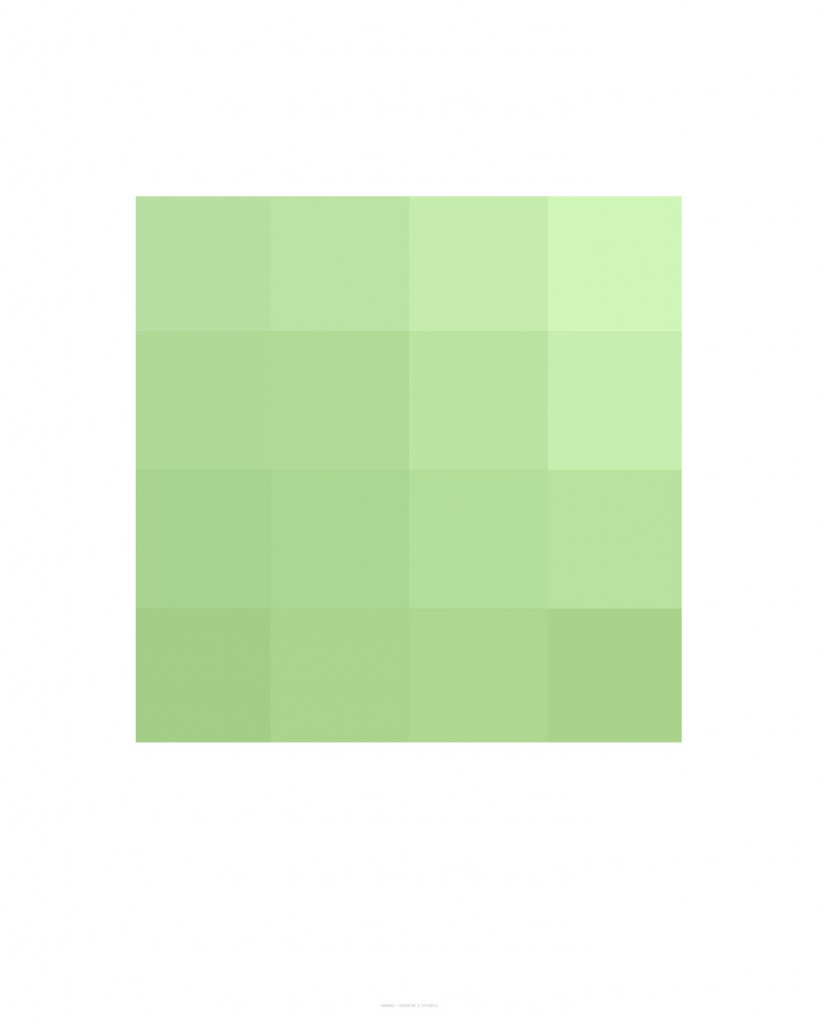Kansas - Stuart Allen
Stuart Allen is an artist whose work deals with fundamental elements of perception such as light, time, gravity and space. He has shown photographs, kites and sculpture in galleries and museums throughout the U.S. and abroad. His work is found in many private and public collections including the Tokyo Kite Museum, the Crocker Art Museum, the DiRosa Art Preserve, UNESCO Headquarters in Paris, and U.S. Embassy collections in Canada, Bulgaria, Kazakhstan, and the Republic of Georgia.
Allen has completed permanent public art commissions for the U.S. Embassy in Ottawa, Canada and the Police Headquarters building in Davis, CA. His work has been published in a variety of books and journals including: Picturing California’s Other Landscape: the Great Central Valley, Terra Nova: Nature and Culture, You Are Here: the Journal of Creative Geography, Zyzzyva and Artweek. Allen has lectured or served as a visiting artist at many fine institutions including the Los Angeles County Museum of Art, the Weisman Art Museum, the Atlantic Center for the Arts, and a number of university art departments nationwide.
Allen studied architecture at Kansas University and graduated from the photography and video department of the Kansas City Art Institute in 1994. He lives in San Antonio, Texas with his wife Kelly Lyons, their daughter Aidan and son Vincent.
Allen is represented by the following galleries: PDNB, Dallas, TX; JayJay, Sacramento, CA; Jan Manton Art, Brisbane, Australia; Haw Contemporary, Kansas City, MO.
Stuart Allen, artist, photographer, sculptor, public art, kite, kite maker, art consultant, Jayjay, haw contemporary, pdnb gallery, science and art
1006
page-template-default,page,page-id-1006,stockholm-core-2.1.2,select-child-theme-ver-1.0.0,select-theme-ver-7.1,ajax_fade,page_not_loaded,,qode_menu_,wpb-js-composer js-comp-ver-6.5.0,vc_responsive,elementor-default,elementor-kit-15382
Kansas: Low Resolution, 2015
Artist’s Statement
These images are extremely low-resolution photographs of Kansas. More specifically, they are small sets of pixels extracted from digitally scanned photos taken in Kansas between 1970 and 1991.
On a personal level, the source images are reminders of my youth in Wichita and the open landscapes of Kansas: throwing snowballs with my brother in our front yard, sailing on Cheney Lake, driving out west during college road trips.
On a formal level, they yield a collective color palette from which to draw these impressions. While the images have been down-sampled to a point where the external referent has been thoroughly obscured, it may be inaccurate to categorize them as pure abstraction. Though they no longer refer to the pictorial character of landscape, they do speak to the specific color and quality of light present in one moment, in one particular place on Earth.
They are straight photographs. They have not been altered, manipulated, collaged or retouched. The color has not been modified, the contrast curves have not been reshaped, and the pixels have not been re-arranged. They are, essentially, heavily cropped versions of the source photographs.
As the photography industry rushes to reach the next mega-pixel plateau, these images move in the opposite direction. They address the underlying architecture of digital photography (a far more rigid structure than its chemical antecedent.) And while a nine-pixel photograph may render a decidedly abstract version of its subject, it remains a photograph: a record of light, in one place, in one time.
View the work

